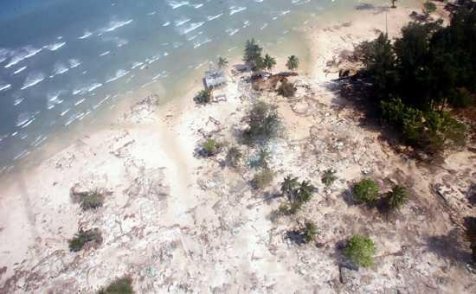
Historical Facts about Andaman Islands That Everyone Should Know
Andaman’s history is as fascinating as its beaches – sometimes even more. After years of evolution, we see the island as it is today. Here’s an interesting read on historical facts about Andaman that’ll want to you take a relook at the island.
1. Ancient Andaman
Some genetic studies suggest that the Andamanese were isolated from other populations over 30,000 years ago. The earliest archaeological evidence, however, dates back to some 2200 years.
2. Lost Languages of Andaman
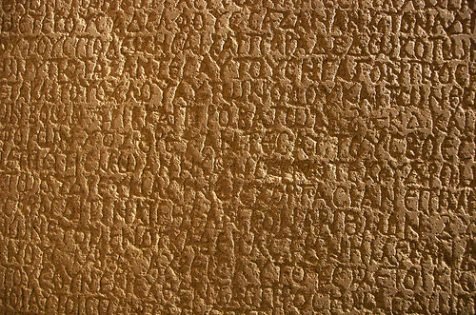
When the Nicobarese people were first discovered by Europeans, they used to speak Moh-Khmer and Shompen languages which are actually unrelated to Andamanese. Instead, these languages are closer to Austroasiatic languages.
3. How Nicobar got its name
Between 1014 and 1042 AD, the Chola Empire used the islands as a strategic naval base. They called the island Ma-Nakkavaram [open/naked land]. Eventually, the famous European traveler, Marco Polo referred to the island as ‘Necuverann’ which was the corrupted version of its Tamil name. The islands eventually came to be known as Nicobar during the British Colonial period.
4. How Andaman got its name:
Circa 1440, Italian traveler Niccolo de Conti mentioned the islands and said that the name means ‘Island of Gold’. Could it be, we wonder? Is there some hidden national treasure on the islands? The popular belief remains that the islands got its name from the ancient Indian God, Hanuman (Sanskrit form Andoman)
5. Myths and legends:

During the early 15th century, the “Book of Wonders” produced in Paris depicted that the Andaman Islands were inhabited by wolf-headed people! This, in a way, showed how historical facts about Andaman were distorted around the world mainly because the islands were then sparsely accessible
5. Fairtrade
Andamans was originally a part of Burma. Pandit Jawaharlal Nehru traded with them in exchange of two districts of Manipur! Can you imagine how different historical facts about Andaman would have turned out to be had this one incident not happened!
6. Of wars and betrayal:

Andaman’s early days saw a struggle between ‘outsiders’ and islanders who did their best to put up fierce fights. 17 May 1859 went down as the day the ‘Battle of Aberdeen’ was fought between the great Andamanese tribe and the British. Being outnumbered the tribe already had low chances. Unfortunately, they were also betrayed by a cellular jail escapee who had told the British about the attack. Today, a memorial stands at the Andaman Water Sports Complex as a tribute to the local tribesmen who lost their lives.
7. History written in blood:
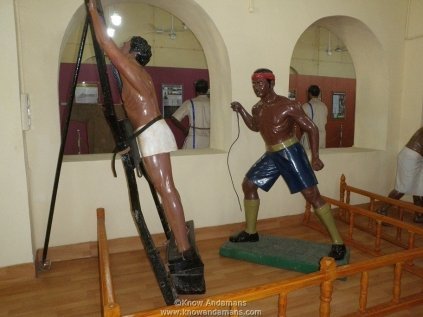
Andaman and Nicobar was occupied by Japan for 3 years during WWII. The takeover came as a result of Indian revolutionaries joining hands with the British’s enemies to create a stronghold. The Japanese landed at South Andaman on 23 March 1942. They soon took over the islands and freed the cellular jails inmates who were asked to join the Indian National Army. Most of them joined too. Eventually, the revolutionaries, headed by Dr. Subash Chandra Bose, convinced the Japanese to give the islands back to India. They then hoisted the Indian flag here on 30 December 1943 and named the islands Shaeed Swaraj. But all did not remain well. The atrocities of the Japanese on the Indians was nothing short of the atrocities that happened during holocaust, but they aren’t spoken about as much. Over 2000 Indians died during this period before the British recaptured the islands in 1945. It is rumoured that the Japanese made a secret tunnel connecting Ross Island to Port Blair. It is yet to be discovered.
8. Of darkness darker than the night:
The islands were notoriously famous as ‘Kaala paani’ or black waters after the cellular jail was built there to keep political prisoners, who were India’s freedom fighters. The islands witnessed another round of bloodied history and saw supreme sacrifices from Indians who fought for their freedom. Thousands of prisoners were tortured and killed in the jail. The jail today is visited once by most tourists who come to the islands. This is among the most painful historical facts about Andaman
9. New home:
Andaman eventually became a part of India in 1950 and was declared a Union Territory of the nation in 1956
10. The tsunami of 2004
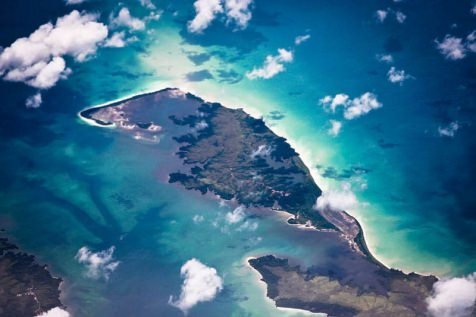
26 December 2004 is another date etched in the history of the islands as a dark one. The islands were first hit by a 33 ft. Tsunami followed by the Indian Ocean earthquake. Over 2000 people lost their lives, 4000 children orphaned and 40,000 rendered homeless. Nicobar was also hit with several pieces of land becoming submerged in water. The worst affected were the islanders and tourists. Many of the aboriginal tribes, however, escaped because of oral traditions that were passed down telling them to evacuate from large waves that followed big earthquakes.
The island seismology: All of Andaman and Nicobar lie in a Zone V seismic hazard. The islands are prone to both earthquakes and tsunamis. The Andaman Sea is constantly widening due to a tectonic process called ‘Sea Floor Spreading’. The Indian plate is diving beneath the Burmese microplate due to a process called ‘Subduction’. There have been hundreds of small earthquakes hitting the islands from time to time and still continue to do so. Read more here: http://asc-india.org/seismi/seis-andaman-nicobar.htm
12. The active volcano
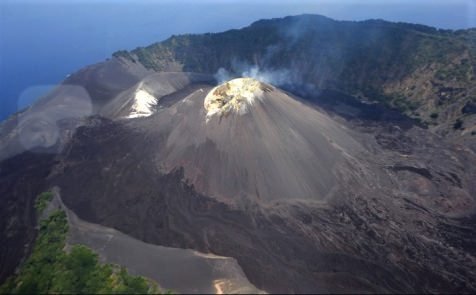
Andaman is home to the only lava volcano found in the South Asia region. Barren Island’s volcano’s first recorded eruption was in 1787. The volcano has erupted 10 times since then, the latest episode being in February 2017. Due to the volcano, the sea around the islands is very potent for scuba diving.
13. Other Historical Facts About Andaman:
- Andaman is also home to many mud volcanoes which are a fun phenomenon to watch.
- Andaman has an island called the Parrot Island which is inhabited by thousands of parrots.
- It is home to the Limestone caves which is, in-turn, home to the Edible-nest Swiftlet.
- Ross and Smith islands are connected by a natural white sand bar making it one of the most scenic spots in the archipelago
- The phenomenon of bioluminescence can be witnessed at Havelock Islands rarely
- Havelock’s beach no. 7 or Radhanagar beach has been voted as the 7th best beach in the world and the best beach in Asia by Tripadvisor this year
- The view from Mount Harriet is seen in India’s 20-rupee note




Comments are closed